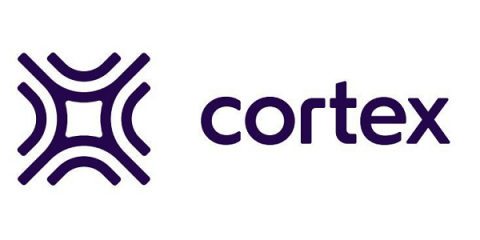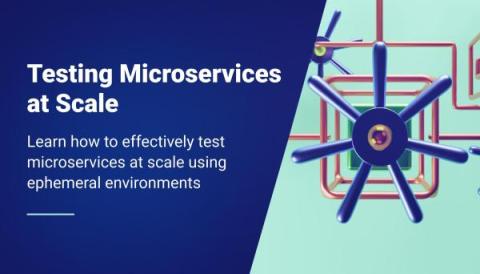Operations | Monitoring | ITSM | DevOps | Cloud
Microservices
Serverless Microservices on Azure
3 new metrics CEOs want from Engineering leaders
Understanding Monoliths and Microservices - VMware Tanzu Fundamentals
Microservices on Kubernetes: 12 Expert Tips for Success
In recent years, microservices have emerged as a popular architectural pattern. Although these self-contained services offer greater flexibility, scalability, and maintainability compared to monolithic applications, they can be difficult to manage without dedicated tools. Kubernetes, a scalable platform for orchestrating containerized applications, can help navigate your microservices.
Testing Microservices at Scale: Using Ephemeral Environments
What are Microservices? Code Examples, Best Practices, Tutorials and More
Microservices are increasingly used in the development world as developers work to create larger, more complex applications that are better developed and managed as a combination of smaller services that work cohesively together for more extensive, application-wide functionality. Tools such as Service Fabric are rising to meet the need to think about and build apps using a piece-by-piece methodology that is, frankly, less mind-boggling than considering the whole of the application at once.
Blocking deployments with your IDP
What's going on with the Developer Productivity debate?
Troubleshooting Spring Boot Microservices - A Real World Case Study
Today, I’ll cover Shift Left Monitoring: A Pathway to Optimized Cloud Applications and how left-shifted troubleshooting of Spring Boot code issues using observability tooling can avoid production issues, unnecessary costs and improve product quality. Shift-left is an approach to software development and operations that emphasizes testing, monitoring, and automation earlier in the software development lifecycle.








